What is B2B Website Design? Everything You Need to Know

In today’s digital world, a website acts as a company’s online presence. It serves as a company’s primary point of contact with potential consumers. The design and functionality of B2B (business-to-business) websites are critical in acquiring and maintaining clients.
In this article, we will delve into the world of B2B website design, understand the differences between B2B and B2C (business-to-consumer) website design, explore the reasons why B2B companies need effective web design, and provide you with best practices and tips for designing a B2B website that converts. Sanders Design is the right choice if you’re looking for a professional web design company for your B2B business.
What Is B2B Website Design?
B2B (business-to-business) website design refers to the process of creating visually appealing, user-friendly, and functional websites tailored explicitly for B2B companies. B2B websites are designed to showcase the products or services offered by a business to other businesses and facilitate communication, engagement, and transactions between them.
Business-to-business (B2B) website design considers the unique characteristics of B2B transactions, such as longer sales cycles, multiple decision-makers, and complex buying processes. It aims to create a seamless online experience for B2B customers. It contains professional branding and language that communicates trust, credibility, and authority to the target B2B audience.
It incorporates data privacy and security measures, such as SSL encryption, data backups, and user authentication, to protect sensitive B2B customer information. It may include interactive features like online calculators, product configurators, and virtual product demonstrations to engage B2B customers and facilitate decision-making. This considers user analytics and data tracking to optimise the website’s performance, engagement, and conversion rates continuously.
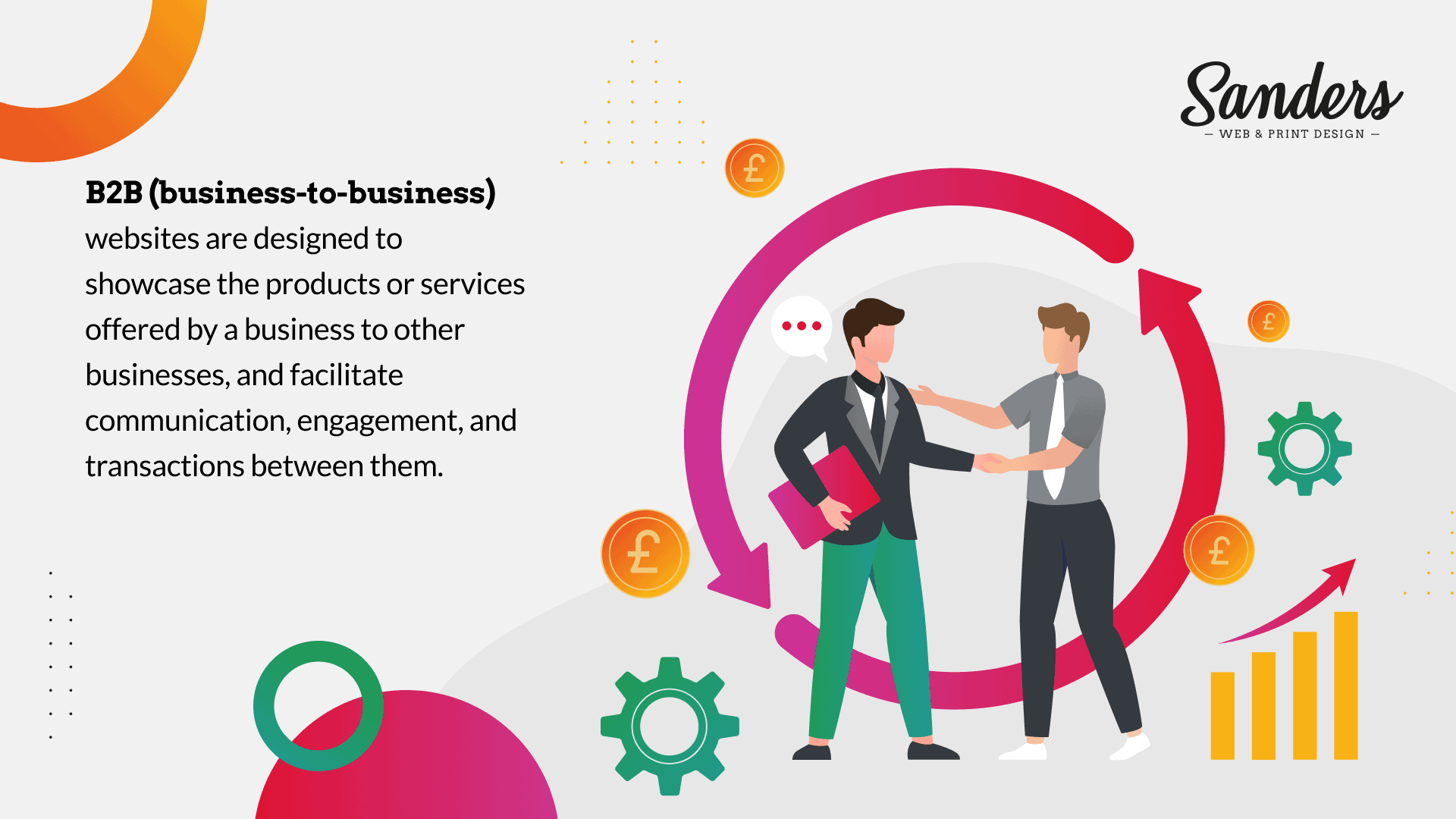
B2B vs B2C Website Design: Understanding the Differences
While B2B and B2C websites share some similarities, they have significant differences in terms of their target audience, goals, and design considerations. Understanding these differences is crucial for creating effective B2B websites that meet the unique needs and expectations of B2B buyers.
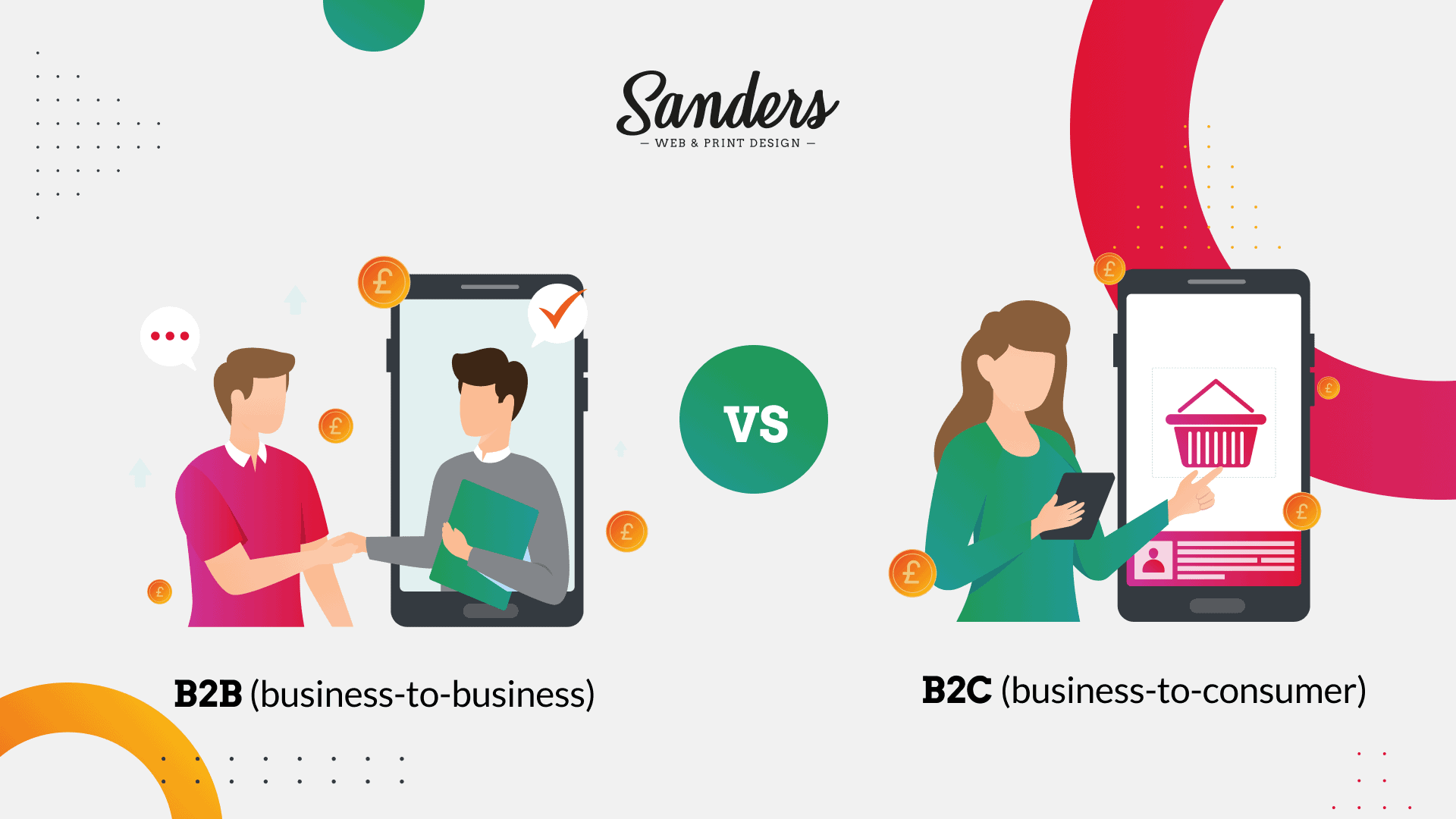
Target Audience
B2B websites target other businesses as their primary audience, whereas B2C websites target individual consumers. B2B buyers are typically professionals looking for products or services to help their businesses succeed. They have different needs, preferences, and decision-making processes than individual consumers. B2B websites should be designed to cater to these specific needs and expectations.
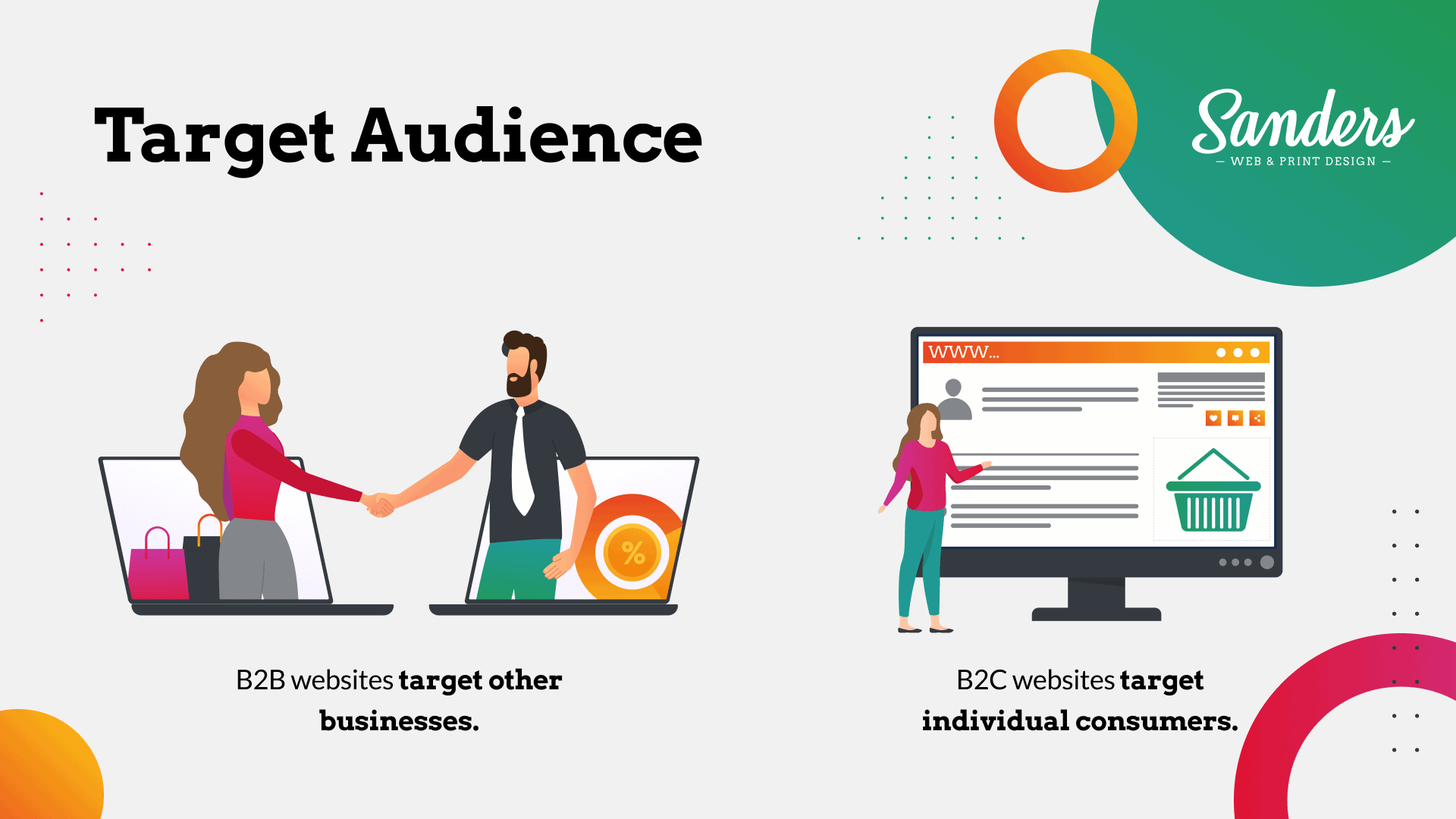
Goals
The goals of B2B websites are different from those of B2C websites. B2B websites are typically focused on generating leads, nurturing relationships with potential buyers, and driving conversions. B2B buyers often require more information, research, and consideration before making a purchase decision. B2B websites should provide the necessary information and resources to support this decision-making process and guide potential buyers towards conversion.
Design Considerations
When creating a design, we must consider the unique challenges of a B2B website. B2B websites should convey professionalism, expertise, and credibility. They should showcase the company’s expertise, industry knowledge, and experience through the design elements, content, and visuals. B2B websites should also provide clear and concise information about the company’s products, services, pricing, and benefits. Moreover, B2B websites should incorporate lead capture forms, call-to-actions (CTAs), and other lead generation elements to capture potential buyer information and nurture relationships.
Why Do You Need Web Design for B2B Companies?
Web design for B2B companies is crucial to building a successful online presence and driving business growth. Here are some compelling reasons why B2B companies need a professional web design:

First Impressions Matter
Potential consumers’ initial point of contact is frequently your B2B website design. A well-designed website creates a positive first impression and establishes trust and credibility, which are essential in B2B transactions where long-term business relationships are valued.
Online Presence
In today’s digital era, having a strong online presence is essential for B2B companies to remain competitive. A well-designed website serves as the online face of the company and is often the first point of contact for potential buyers. A visually appealing, user-friendly, and professional website can create a positive impression and establish credibility with potential buyers.
Lead Generation
B2B websites play a critical role in generating leads for the business. An effective B2B website should incorporate lead generation elements such as lead capture forms, CTAs, and contact information to capture potential buyer information and nurture relationships. A well-designed website can help attract potential buyers, engage them, and encourage them to take action, such as filling out a contact form or downloading a resource, ultimately leading to increased leads and conversions.
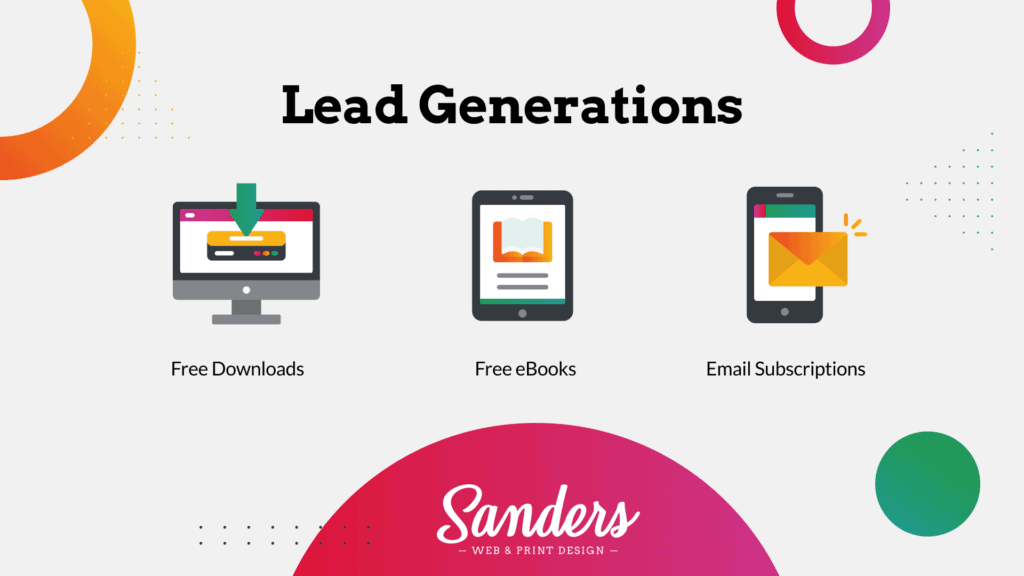
Branding and Messaging
B2B websites are an opportunity to showcase the company’s branding, messaging, and value propositions. A visually appealing and consistent website design that aligns with the company’s branding and messaging can help create a memorable impression on potential buyers and differentiate the company from competitors. Consistent messaging and clear value propositions can help communicate the company’s unique selling points and build trust with potential buyers.
Tailored User Experience
B2B buyers are busy professionals who value their time and expect a seamless user experience on a website. A poorly designed website with confusing navigation, slow loading times, or outdated design can frustrate potential buyers and drive them away from the website. On the other hand, a well-designed website with easy navigation, fast loading times, and an intuitive user interface can provide a positive experience for potential buyers and keep them engaged on the website.
Search Engine Optimisation (SEO)
B2B websites need to be optimised for search engines to increase their visibility and attract organic traffic. An effective Business-to-business website design includes incorporating SEO best practices such as optimised meta tags, relevant keywords in the content, easy navigation, and responsive design. SEO-friendly web design can help improve the website’s search engine rankings and increase its organic visibility, leading to more potential buyers discovering the website.
Relationship Building
B2B websites often focus on building long-term relationships with potential buyers, as the sales cycle in B2B transactions can be longer and more complex. The business-to-business website design should incorporate features that facilitate relationship building, such as personalised content, account-based marketing strategies, and customer portals.
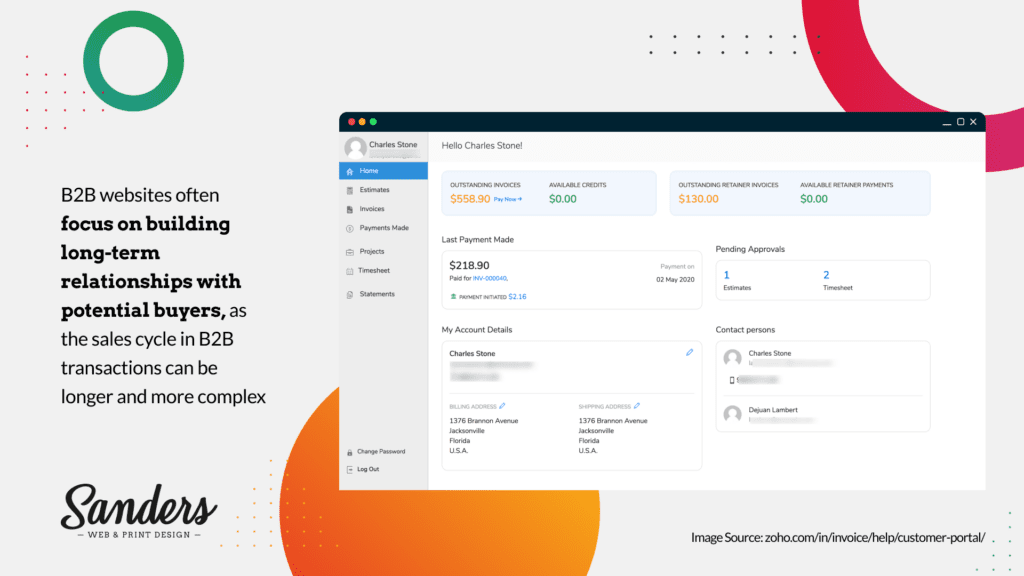
Pricing and Negotiation
B2B websites may not always display pricing information openly, as B2B pricing models are often more complex and subject to negotiation. B2B (business-to-business) website design should consider how pricing information is presented and whether features such as pricing calculators or quote request forms are incorporated to facilitate pricing discussions and negotiations with potential buyers.
Industry-Specific Considerations
B2B websites often cater to specific industries or niches. Business-to-business (B2B) website design should take into account industry-specific considerations, such as compliance requirements, technical specifications, and industry jargon. Customising the design and content to align with the specific needs of the target industry can enhance the effectiveness of the website in catering to the unique requirements of B2B buyers in that industry.
Providing Interactive and Engaging Features
B2B websites can benefit from interactive features, such as online calculators, product configurators, and virtual product demonstrations. Professional web design includes engaging features that enhance user experience, encourage interaction, and support B2B decision-making.
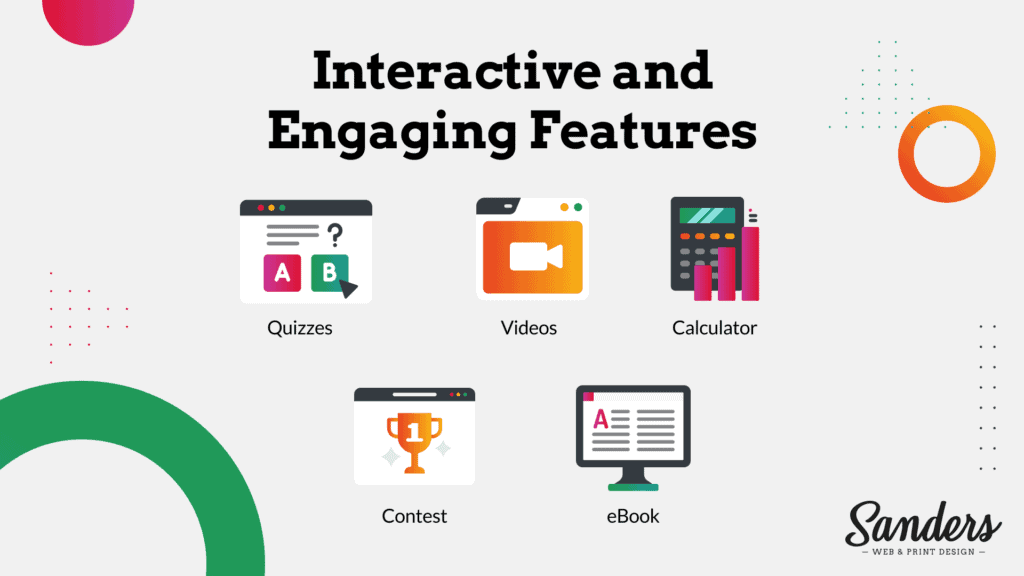
Integration with B2B Software and Platforms
B2B websites may need to integrate with third-party software and platforms, such as CRM systems, marketing automation tools, and ERP systems. Professional web design ensures seamless integration, providing a smooth experience for B2B customers and streamlining your business processes.
Best Practices for Creating B2B Websites
Creating an effective B2B website involves following best practices that align with the unique needs and expectations of B2B buyers. Here are some best practices for creating B2B websites:
Define Clear Goals and Objectives
Before starting the website design process, it’s important to define clear goals and objectives for the website. What exactly do you want to accomplish with your website? Is it generating leads, driving conversions, providing information, or establishing credibility? Clearly defining the goals and objectives will help guide the design process and ensure that the website is aligned with the company’s overall marketing and business goals.
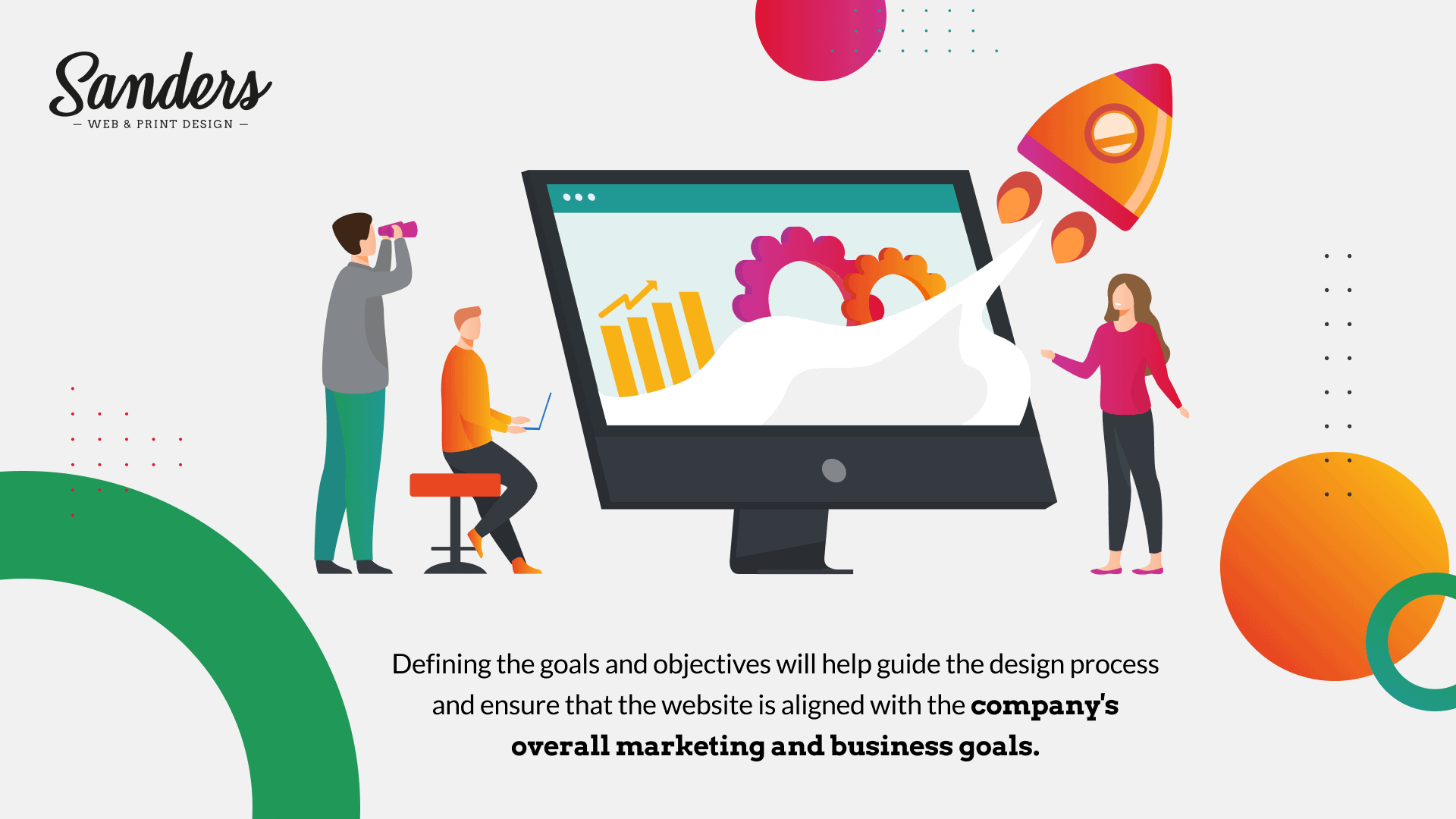
Understand the Target Audience
Understanding the target audience is crucial for creating a B2B website that resonates with potential buyers. Research and understand your target audience’s needs, preferences, pain points, and decision-making processes. This will help you create content, design elements, and messaging that speaks directly to their needs and expectations.
Showcase Expertise and Credibility
B2B buyers are looking for expertise and credibility when evaluating potential vendors. Your website should showcase your company’s expertise, industry knowledge, and experience through the design elements, content, and visuals. This can include highlighting customer testimonials, case studies, certifications, awards, and industry affiliations.
Optimise for Search Engines
B2B websites must be optimised for search engines to increase their visibility and attract organic traffic. Incorporate SEO best practices such as optimised meta tags, relevant keywords in the content, easy navigation, and responsive design. This will help improve the website’s search engine rankings and increase its organic visibility.
Provide Clear and Concise Information
B2B buyers often require detailed information to make informed purchasing decisions. Your website should provide clear and concise information about your company’s products or services, pricing, benefits, and other relevant information that potential buyers may need. Avoid jargon or technical language that may confuse potential buyers and focus on providing information that is easy to understand.
Incorporate Lead Generation Elements
B2B websites should incorporate lead generation elements such as lead capture forms, CTAs, and contact information to capture potential buyer information and nurture relationships. These lead-generation elements should be strategically placed on the website to encourage visitors to take action and provide their contact information.
This can include placing CTAs prominently on landing pages, using pop-up forms, and creating dedicated landing pages for specific campaigns or promotions. It’s important to optimise these lead generation elements to maximise conversions, such as using compelling copy, clear instructions, and minimizing the number of fields in the form.
Responsive and Mobile-Friendly Design
With the increasing use of mobile devices for internet browsing, it’s crucial to have a responsive and mobile-friendly design for your B2B website. A responsive design ensures that your website adapts and displays correctly on different devices and screen sizes, providing a seamless browsing experience for users regardless of their device. This is especially important for B2B websites, as potential buyers may browse your website on their smartphones or tablets while on the go.
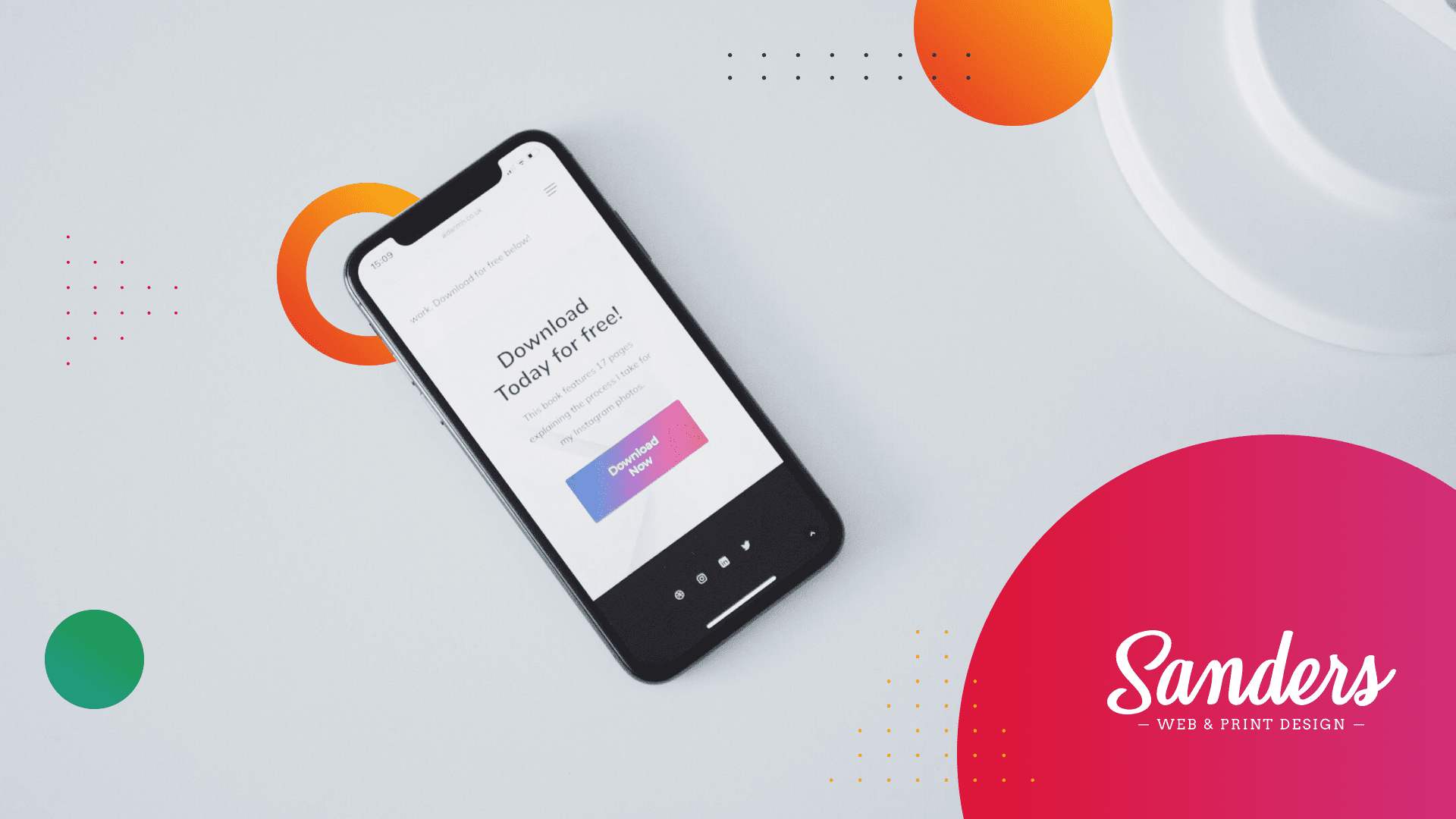
High-Quality Content
Content is a critical element of any B2B website. High-quality, relevant, and engaging content can attract and retain visitors, establish your company’s authority, and build trust with potential buyers. Your website should have well-written and informative content that addresses your target audience’s pain points, questions, and needs. This can include blog posts, articles, whitepapers, case studies, videos, infographics, and other forms of content that provide value to your audience and position your company as a thought leader in your industry.
Clear Navigation and Structure
B2B websites should have a clear and intuitive navigation structure that allows visitors to quickly find the information they are looking for. A confusing or cluttered navigation can frustrate visitors and lead to higher bounce rates. The navigation should be organised logically, with clear labels and categories, and prominently displayed on every website page. Additionally, a search bar can be incorporated to help users quickly find specific information.
Security and Privacy
B2B websites often collect sensitive information from potential buyers, such as contact information, business details, and payment information. It’s important to prioritise security and privacy on your website to protect the data of your visitors and build trust. This can include using HTTPS encryption, incorporating security plugins, regularly updating software and plugins, and having a clear privacy policy that outlines how the data collected on your website will be used.
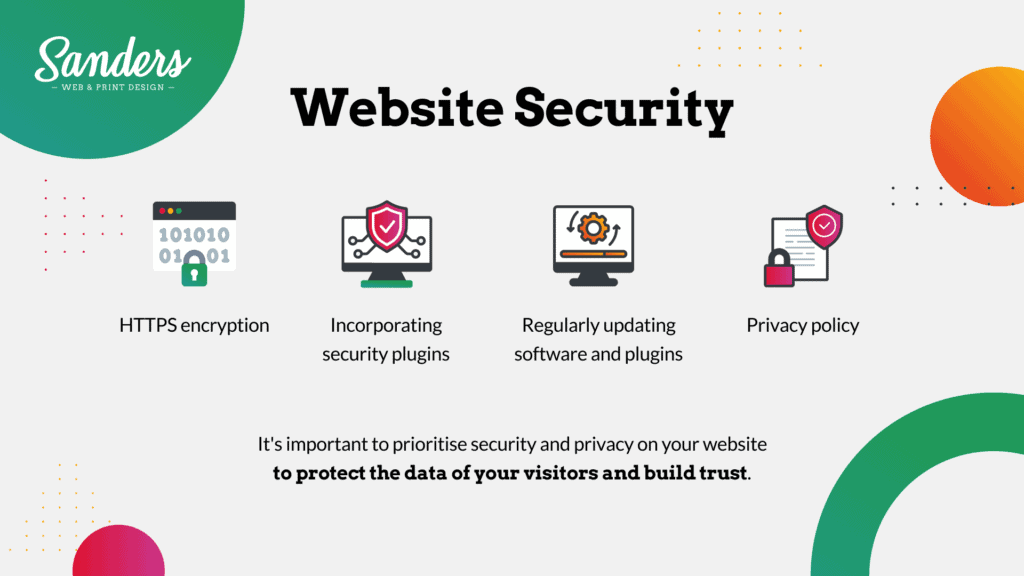
Visual Design and Branding
The visual design and branding of your B2B website play a crucial role in creating a memorable impression on visitors. The website should have a visually appealing design that aligns with your company’s branding, including consistent use of colours, fonts, and imagery. The design should also be professional, clean, and easy to read, with appropriate use of whitespace and visual hierarchy. High-quality images and graphics can enhance the website’s visual appeal and make it more engaging for visitors.
Integration with Marketing Tools
Your B2B website should be integrated with marketing tools like email marketing software, customer relationship management (CRM) systems, and analytics tools. This lets you capture and track leads, automate email campaigns, analyse website performance, and make data-driven decisions to optimise your marketing efforts. Integration with marketing tools can help streamline your marketing processes and enable you to nurture leads and drive conversions effectively.
Test and Optimise
A B2B website is not a one-time project but an ongoing effort that requires continuous testing and optimisation. Use analytics tools to track website performance, such as traffic, engagement, conversions, and bounce rates, and make data-driven decisions to optimise your website for better results. Test different elements of your website, such as CTAs, landing page designs, and content, to identify what resonates best with your audience and drives the desired actions.
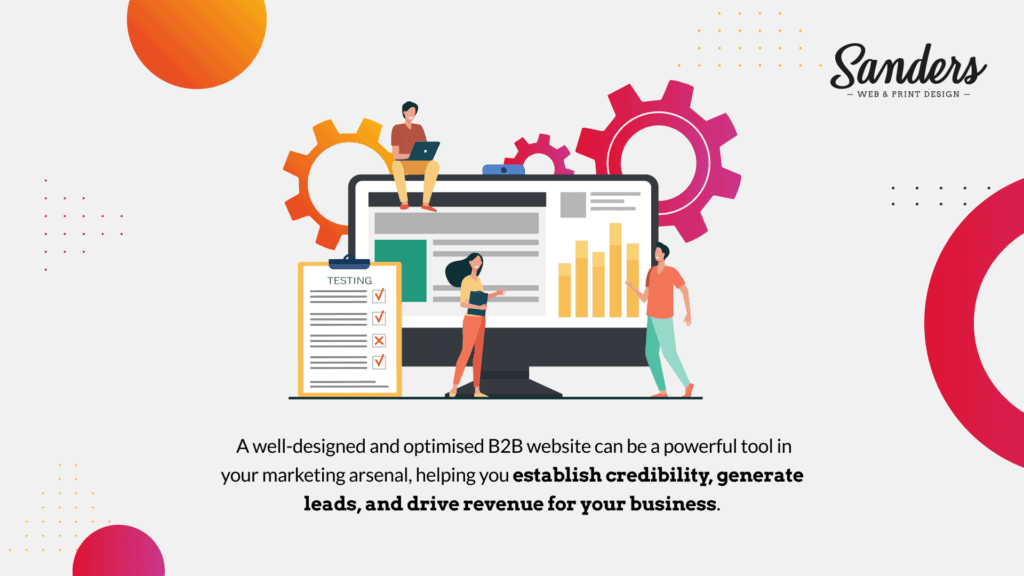
Mastering B2B Website Design: Your Gateway to Digital Success
A well-designed B2B website is essential for any business that wants to succeed in the digital age. It serves as a virtual storefront, representing your brand, engaging potential buyers, and driving conversions. By incorporating the key elements discussed above, such as a clear value proposition, user-friendly navigation, compelling content, effective CTAs, responsive design, security measures, and integration with marketing tools, you can create a B2B website that not only attracts visitors but also converts them into leads and customers.
Remember that your B2B website should align with your overall marketing and business goals and be constantly optimised based on data-driven insights. Regularly review your website’s performance, conduct user testing, and gather feedback from your target audience to make continuous improvements. A well-designed and optimised B2B website can be a powerful tool in your marketing arsenal, helping you establish credibility, generate leads, and drive revenue for your business.
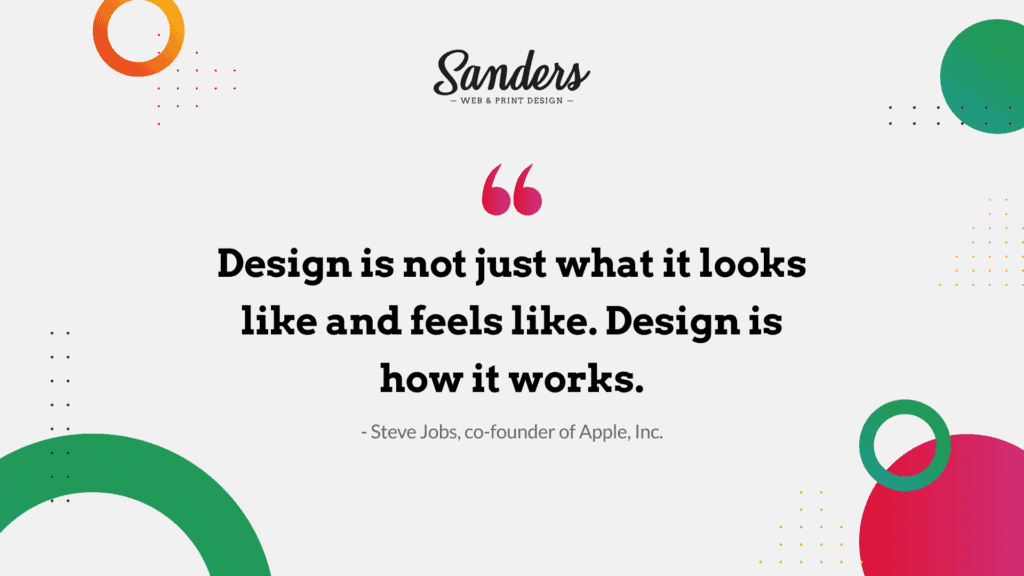
In addition to the elements discussed above, it’s important to remember that the B2B website is just one component of your overall digital marketing strategy. To create a cohesive and effective marketing ecosystem, your website should be integrated with your other marketing channels, such as social media, email marketing, content marketing, and online advertising. By aligning all your marketing efforts and driving traffic to your website, you can create a seamless and consistent user experience, leading to higher engagement, conversions, and business success.
Building and maintaining a high-performing B2B website can be complex and ongoing, but the investment is worth it. A well-designed and optimised B2B website can be a crucial driver of your marketing and sales efforts, helping you attract, engage, and convert potential buyers. With the right strategy, design, and optimisation, your B2B website can become a powerful tool that sets your business apart from the competition and helps you achieve your marketing and business goals.
So, take the time to assess your current B2B website, identify areas for improvement, and implement the necessary changes to create a website that delivers real results for your business.
Conclusion
B2B website design is critical to a successful B2B marketing strategy. It plays a crucial role in attracting potential B2B buyers, establishing credibility, showcasing expertise, and converting visitors into leads or customers.
By following best practices and incorporating specific tips, B2B companies can create compelling websites that meet their target audience’s unique needs and expectations.
Sanders Design is the right choice for B2B companies looking for a reliable and experienced web design company. With their expertise in B2B web design best practices and commitment to creating visually appealing, user-friendly, and conversion-driven websites, Sanders Design can help B2B companies make an online presence that drives results. Contact Sanders Design today for all your B2B web design needs and take your B2B marketing efforts to the next level.


